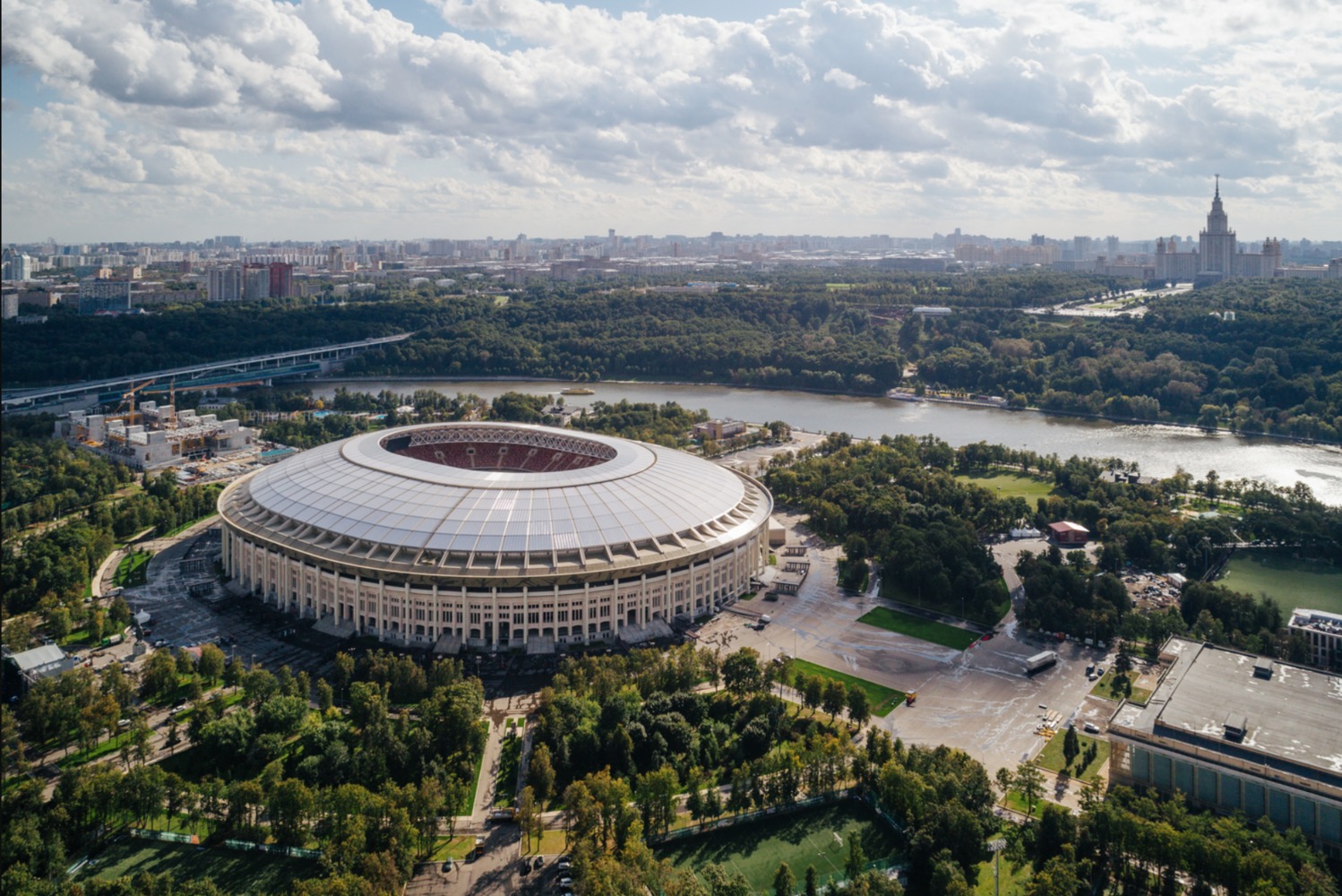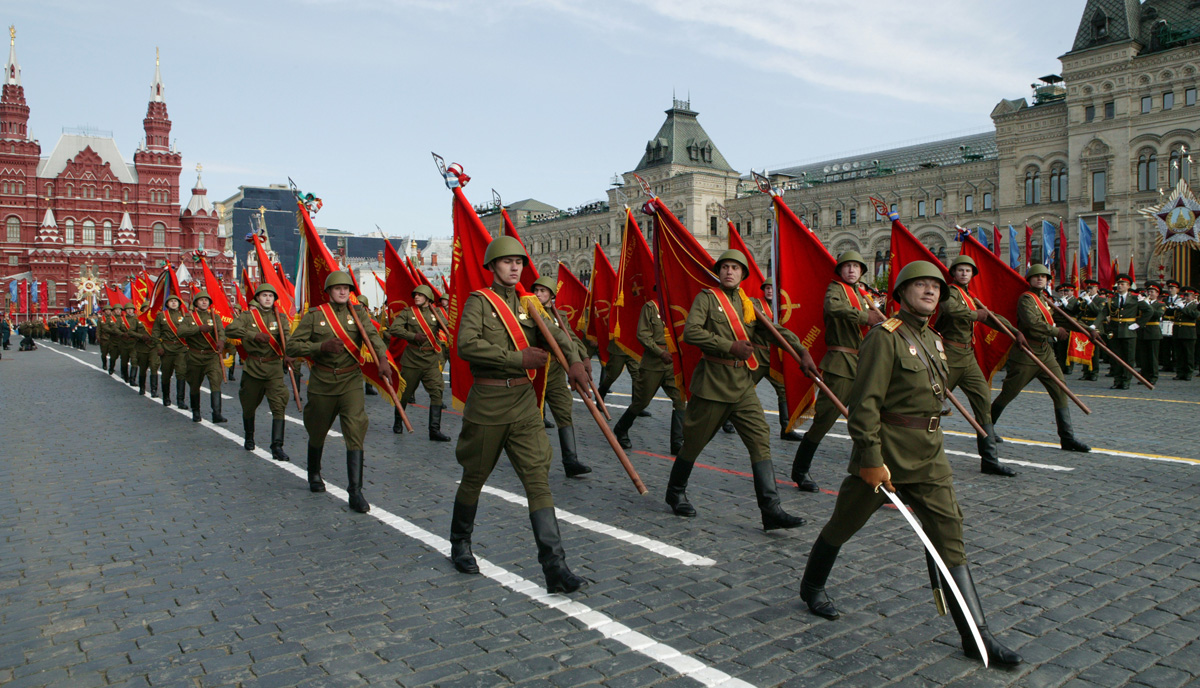Cities Turn To Sports Stadiums To Revitalize Downtowns

Table of Contents
Economic Benefits of Stadium Construction and Operation
The economic impact of sports stadiums extends far beyond ticket sales. Their construction and ongoing operation generate significant financial benefits for cities, contributing substantially to economic growth and job creation. This positive economic impact is a key driver behind the increasing trend of cities investing in these large-scale projects as part of their urban renewal strategies.
-
Construction Jobs: Stadium construction provides a substantial short-term boost to the local economy. Thousands of jobs are created in construction, engineering, and related fields during the building phase. This influx of workers injects money into local businesses, from restaurants and hotels to hardware stores and transportation services.
-
Ongoing Jobs: Beyond the construction phase, stadiums create hundreds of permanent jobs. These include positions in stadium operations, ticket sales, security, concessions, maintenance, and event management. These are often long-term, stable jobs that contribute significantly to the local workforce.
-
Increased Tax Revenue: Stadiums generate significant tax revenue for the city. Property taxes on the stadium itself, sales taxes from concessions and merchandise, and increased tax revenue from surrounding businesses all contribute to the city's coffers. This revenue can be reinvested in other essential city services and infrastructure projects.
-
Tourist Spending: Sports tourism is a significant economic driver. Out-of-town fans attending games spend money on hotels, restaurants, transportation, and entertainment, boosting the local economy. This "multiplier effect" extends to numerous businesses in the surrounding area.
-
Supporting Local Businesses: The demand for goods and services created by a stadium benefits local businesses. Concession stands often source food and beverages locally, and the presence of a stadium attracts new businesses to the area, creating a thriving commercial ecosystem. For example, the development surrounding the new Tottenham Hotspur Stadium in London saw a significant increase in local business activity.
Real Estate Development and Property Value Increases
The presence of a sports stadium frequently acts as a catalyst for significant real estate development and increased property values in the surrounding area. This effect is a crucial component of successful downtown revitalization strategies utilizing sports venues.
-
Increased Property Values: Properties located near a stadium often see a substantial increase in value. The increased foot traffic, improved infrastructure, and heightened sense of community associated with a stadium all contribute to this effect.
-
New Construction: Stadiums often stimulate a wave of new construction projects. Developers are attracted to the increased demand for housing, hotels, restaurants, and retail spaces near the stadium, leading to the creation of new commercial and residential developments. This helps reshape the urban landscape and modernize the downtown area.
-
Attracting Investment: The construction of a stadium is a strong signal of economic vitality and future growth. It attracts further investment in the surrounding area, furthering the revitalization process. This investment can include both private and public funding, creating a virtuous cycle of development.
-
Potential for Gentrification: While stadium-driven development can revitalize areas, it also carries the risk of gentrification. This can lead to displacement of existing residents if affordable housing options are not adequately addressed. Cities need to implement strategies to mitigate this risk, ensuring that the benefits of stadium development are shared by all members of the community. This might involve the creation of affordable housing projects or incentives for long-term residents.
Community Development and Social Impact
Beyond the economic benefits, sports stadiums can significantly contribute to community development and improve the overall quality of life in the surrounding area. These social benefits are often overlooked but are just as important as the financial advantages.
-
Improved Infrastructure: Stadium construction often necessitates improvements to the surrounding infrastructure. This includes upgrades to roads, public transportation, and utilities, benefiting the entire community, not just stadium-goers. Better infrastructure increases the attractiveness of the area for both residents and businesses.
-
Creation of Public Spaces: Many modern stadium projects incorporate public parks, plazas, or green spaces, providing community members with valuable recreational areas. These spaces can host community events, farmers markets, or simply provide a place for people to relax and socialize.
-
Enhanced Community Engagement: Stadiums can become focal points for community activities and events. They can host concerts, festivals, and other gatherings, fostering a stronger sense of community and bringing people together.
-
Increased Civic Pride: A successful stadium project can significantly boost a city's image and instill a sense of civic pride. The stadium can become a symbol of the city's progress and ambition, attracting tourists and investment.
Addressing Potential Drawbacks
While the benefits of sports stadiums are numerous, cities must also address potential drawbacks to ensure successful downtown revitalization.
-
Traffic Congestion: The influx of people attending games and events can lead to significant traffic congestion. Cities must implement effective traffic management plans, including improved public transportation options and parking solutions, to mitigate this issue.
-
Environmental Concerns: Stadium construction and operation can have environmental impacts. Cities should prioritize sustainable building practices, minimize waste, and explore renewable energy sources to reduce their environmental footprint.
-
Community Displacement: As mentioned earlier, the development surrounding stadiums can lead to the displacement of low-income residents. Cities must implement strategies to protect vulnerable communities, such as providing affordable housing options or relocation assistance.
-
Cost Overruns: Stadium projects are often expensive, and cost overruns can strain city budgets. Careful planning, realistic budgeting, and transparent procurement processes are essential to prevent this.
Conclusion
Cities are increasingly recognizing the transformative potential of sports stadiums in driving downtown revitalization. While challenges such as traffic management, environmental concerns, and the potential for displacement exist, the economic benefits, real estate development opportunities, and positive community impact can be substantial when projects are carefully planned and executed. The key is thoughtful planning that prioritizes community needs alongside economic development goals. This approach ensures that sports stadiums are not just venues for games, but catalysts for lasting positive change in urban centers.
Are you interested in learning more about how sports stadiums can contribute to your city's downtown revitalization efforts? Contact us today to discuss the possibilities and explore the winning strategy of leveraging sports stadiums for urban renewal.

Featured Posts
-
 Dijon 2026 Les Ecologistes Preparent Leur Campagne Municipale
May 10, 2025
Dijon 2026 Les Ecologistes Preparent Leur Campagne Municipale
May 10, 2025 -
 Solve The Nyt Strands Crossword April 4th 2025 Hints And Answers
May 10, 2025
Solve The Nyt Strands Crossword April 4th 2025 Hints And Answers
May 10, 2025 -
 Leaked Photos Show Microsoft And Asus Xbox Handheld Console
May 10, 2025
Leaked Photos Show Microsoft And Asus Xbox Handheld Console
May 10, 2025 -
 The Whats App Spyware Case Metas 168 Million Fine And Its Significance
May 10, 2025
The Whats App Spyware Case Metas 168 Million Fine And Its Significance
May 10, 2025 -
 Lidery Es Proignoriruyut Parad V Kieve 9 Maya
May 10, 2025
Lidery Es Proignoriruyut Parad V Kieve 9 Maya
May 10, 2025
